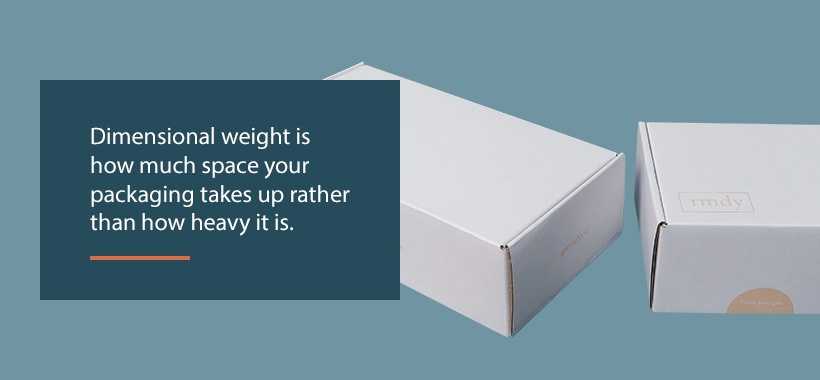Every company that ships products to its customers knows the importance of high-quality packaging. Your packaging does more than just house goods — it also provides sales and marketing benefits, such as improving brand association, attracting consumer interest and increasing product value. With these characteristics in mind, it’s clear that packaging plays a valuable role in the manufacturing industry.
Discover how you can resolve challenges in packaging costs to reduce overall expenses. We help you optimize packaging to ensure the highest quality while keeping costs as low as possible.
How much does it cost to package a product? There are several elements that contribute to your overall packaging costs, from the type and quantity of materials to design complexity. Without proper implementation of price strategies, businesses may face problems in packaging costs, such as:
Here are several ideas for cost reduction in manufacturing warehouses, minimizing packaging expenses while maintaining brand and product integrity.
As your business grows, so does the need to improve material storage and warehouse layout to boost operational speed and efficiency and save money. It’s a good rule to categorize similar materials together to streamline order fulfillment and reduce administrative workloads. Try assessing your current product packaging inventory, group like items and sort infrequently used materials into one area.
Also, avoid ordering packaging materials in bulk. Though bulk purchasing is generally a better deal, it often leads to higher storage costs, which may outweigh your initial cost savings.
Manual packaging tasks can take up hours of valuable company time. For example, the time an employee takes to construct corrugated cardboard, insert stuffing materials and tape boxes could easily be used elsewhere. That’s why it’s wise to cut down time spent packaging products by hand by introducing automation technologies into your warehouse.
Investing in packaging automation can help:

Many companies don’t realize the impact that dimensional weight has on their shipping costs. Dimensional weight is how much space your packaging takes up rather than how heavy it is. That means a package’s dimensional pricing can boost a company’s shipping costs, even if products are relatively light and compact.
For example, if you’re shipping bags of cotton balls in large, wide boxes that take up too much space, the dimensional weight of the packaging will hike up your shipping costs despite the fact that the cotton balls weigh practically nothing.
If you spend too much on shipping due to box sizes, consider these low-cost packaging alternatives:
Though a damaged product here and there may not seem like a significant loss, product returns can cost businesses thousands of dollars a year. Why? Because when a customer returns a damaged product, the company loses more than just the money spent manufacturing the product itself. They also incur expenses from packaging, shipping and returning the item. Not to mention, customers who receive damaged items from poor packaging may develop a negative perception of the company and urge other consumers to choose its products.
Packaging optimization helps protect your products during shipping. Improve the durability and resiliency of packaging for impact protection with effective stuffing materials such as:
What many organizations don’t realize is that you don’t have to commit to just one type of product packaging — every packaging model has individualized benefits, so why commit to just one? When you diversify your packaging with a mix of different methods and materials, you can achieve more desirable outcomes for your business. Discover packaging options that would yield a bigger benefit to your company.
Choose lightweight packing for smaller products with a lower risk of breakage. This packaging material can reduce dimensional pricing expenses. You can also consider impact-resistant packaging for fragile items that need added protection from transit damage.
Stay on top of the competition with innovative technologies and sustainable packaging trends. Implementing effective strategies like Just-in-Time (JIT) inventory allows you to fulfill customer orders as they are needed for production, minimizing packaging costs. You can integrate smart packaging technologies such as IoT-enabled tracking and 3D printing to streamline processes and reduce waste.
It’s also important to consider your packaging materials and how they affect the environment. Converting to greener packaging tactics can also create a more favorable reputation for your brand. Many customers value companies that prioritize sustainability and choose to support sustainable products. That means implementing environmentally conscious packaging methods can attract more customers to your company and boost revenue.
Achieve more eco-friendly packaging by:
Your packaging line should feature cutting-edge machinery designed to produce high-quality products with optimal speed and precision. When your equipment improves your production line, it reduces staffing errors, increases efficiency and raises revenue.
If you don’t have the necessary machinery in your facility to produce the best packaging outcomes, you can partner with a company that does. Sometimes, it’s more cost-effective to outsource your packaging manufacturing to an experienced business that has the advanced tools, knowledge and resources needed to deliver the best results. This way, you won’t have to invest in expensive machinery yourself and spend time learning how to use it and training employees.
Bolt Boxes focuses on reducing operational inefficiencies, cutting unnecessary costs and providing sustainable, high-quality solutions that competitors may lack. We stand out by offering a comprehensive and tailored approach to packaging solutions, delivering capabilities such as:
At Bolt Boxes, we set ourselves apart from other manufacturers with unbeatable lead times, top-of-the-line printing capabilities and next-level design expertise. Contact us today to get started with your low-cost packaging.